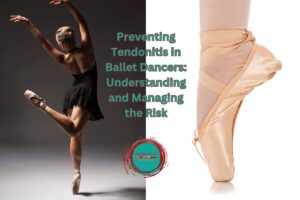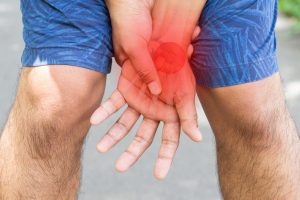For Part 1: The French Open, please click here
July 3rd to July 16th 2017
 Now the ATP and WTA Tours have moved on from the clay courts of Paris to the grass courts of Europe (mainly Germany, Holland and the UK) and will culminate at Wimbledon in Europe but will be followed by a final grass court event the week after in Newport Rhode Island in the USA.
Now the ATP and WTA Tours have moved on from the clay courts of Paris to the grass courts of Europe (mainly Germany, Holland and the UK) and will culminate at Wimbledon in Europe but will be followed by a final grass court event the week after in Newport Rhode Island in the USA.
The short grass court ‘season’ (starting in the middle of June and ending in late July) presents a unique set of challenges to either a novice or an experienced grass court player. Less pre-tournament preparation time, less quality court time (with the same number of players trying to secure practice sessions on fewer courts) when it is available and a variety of unique movements and shots will be on the menu!
Despite the quality and firmness of the grass courts at Wimbledon, and despite efforts to slow the speed of the bounce, the path of the ball upon striking the grass can be random and relatively unreliable compared to other court surfaces. Retrieving powerfully hit shots on grass requires a player to react more explosively while securing enough ‘push off’ contact with the surface to avoid slipping over. The lower bounce and ‘skidding nature of the ball’ on grass (that is often compounded by the damp or humidity) means a player needs to move with a lower centre of gravity and react with a quicker racket movement to the ball. Not unlike the clay courts of Paris, grass courts place an emphasis on physical ‘versatility’ and ‘balance’ but in a variety of different reaching and bending positions.

I suggest you include exercises that incorporate trunk rotation at varied speeds to decrease reaction time and to help control the upper limbs when reaching low and wide. Higher velocity trunk rotation exercises with bands or cables or weighted rackets/medicine balls are a must for retrieving the balls that slide towards the limits of your reach! Wrist and forearm strength/stability is needed to try and ‘hook’ and ‘pull’ the opponents wide shots back into the court and these muscles can be exercised with weighted rackets and dumbells.
Grass court tennis challenges your ability to track the ball and react, both at very high speeds for fast, low and often unpredictable ball movements. Watch Wimbledon this week and look out for the new set of exciting challenges this surface presents…..you need to try it! Hope you enjoyed the blog and catch my US Open hard court update at the end of August.





Comments